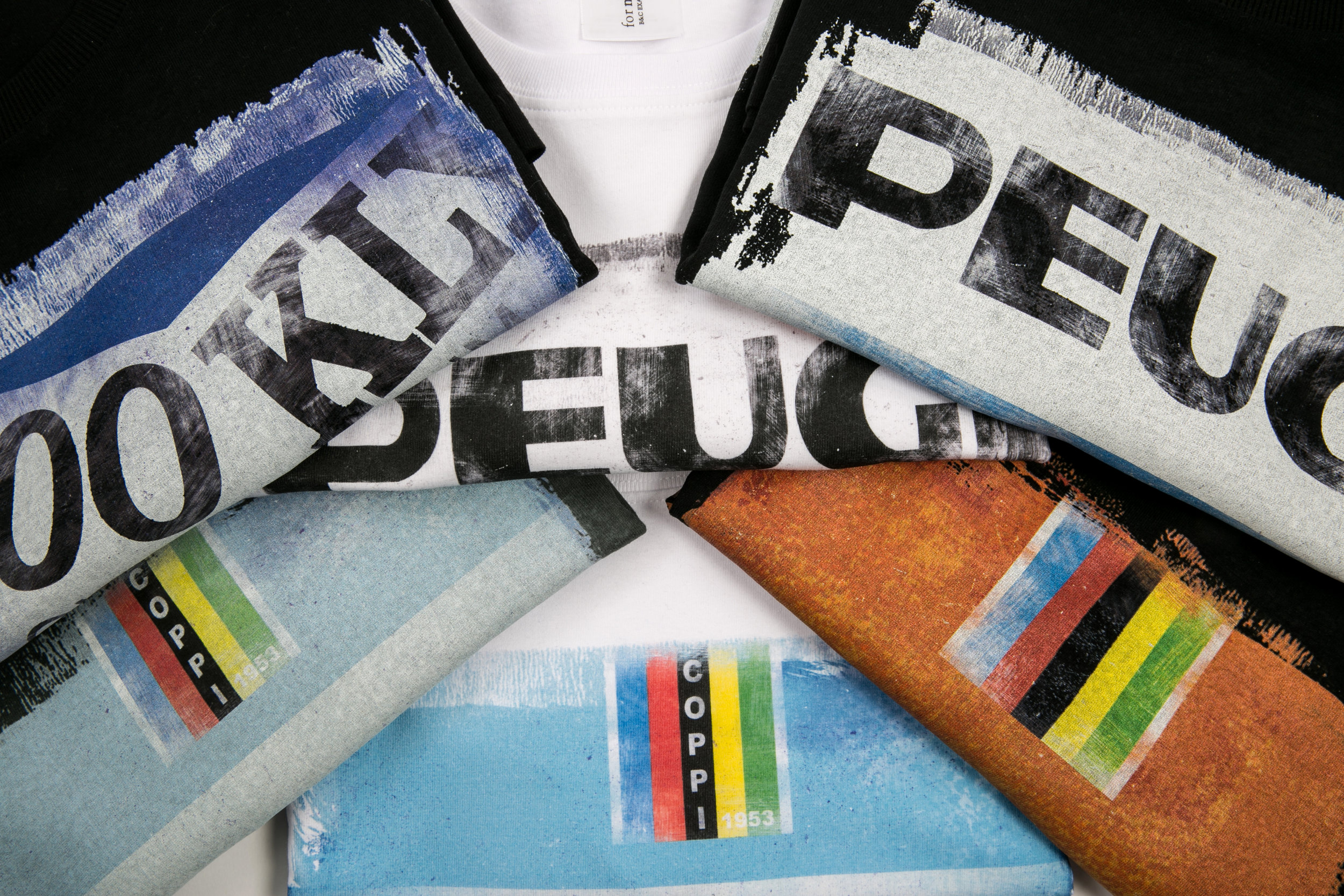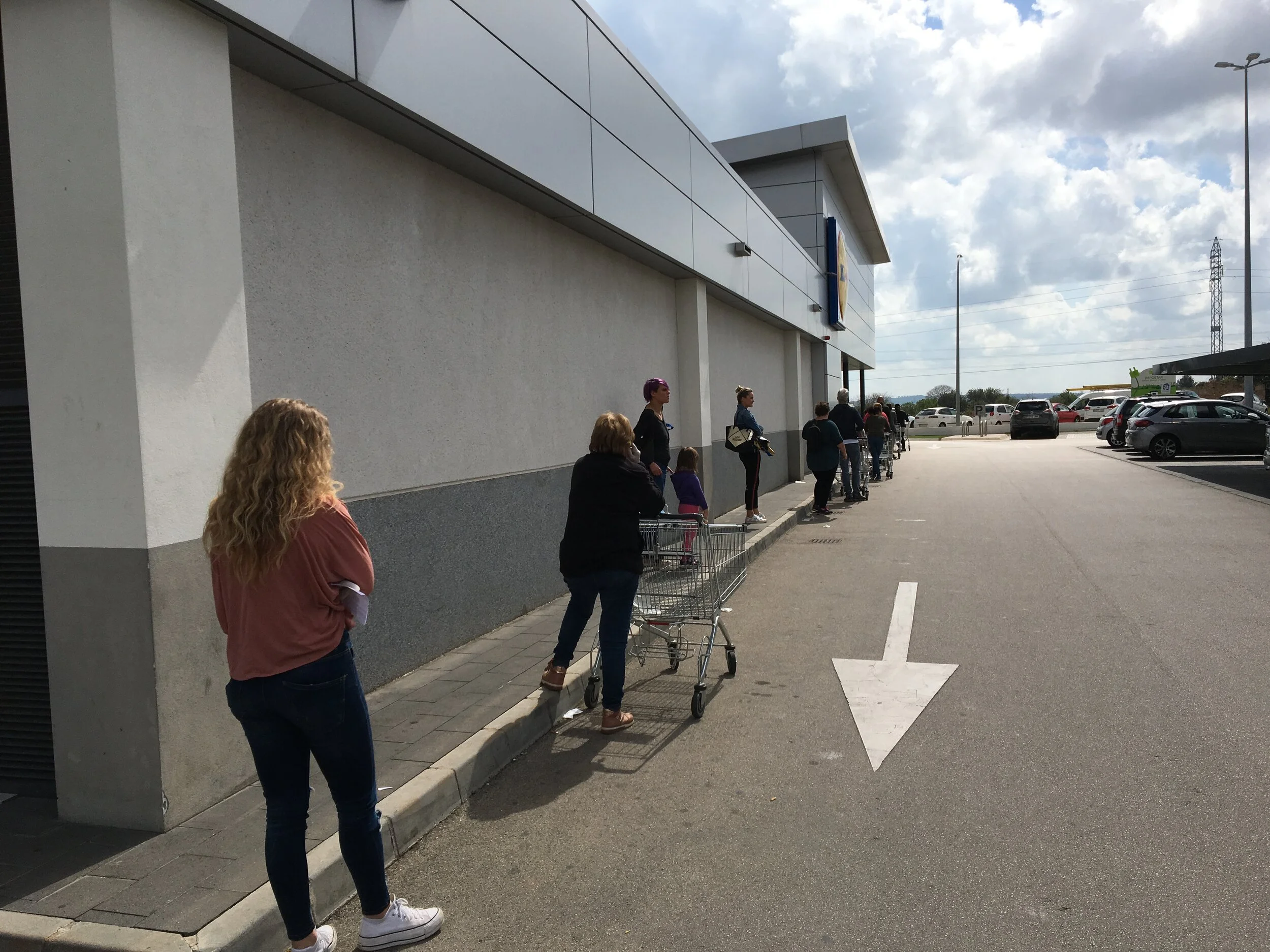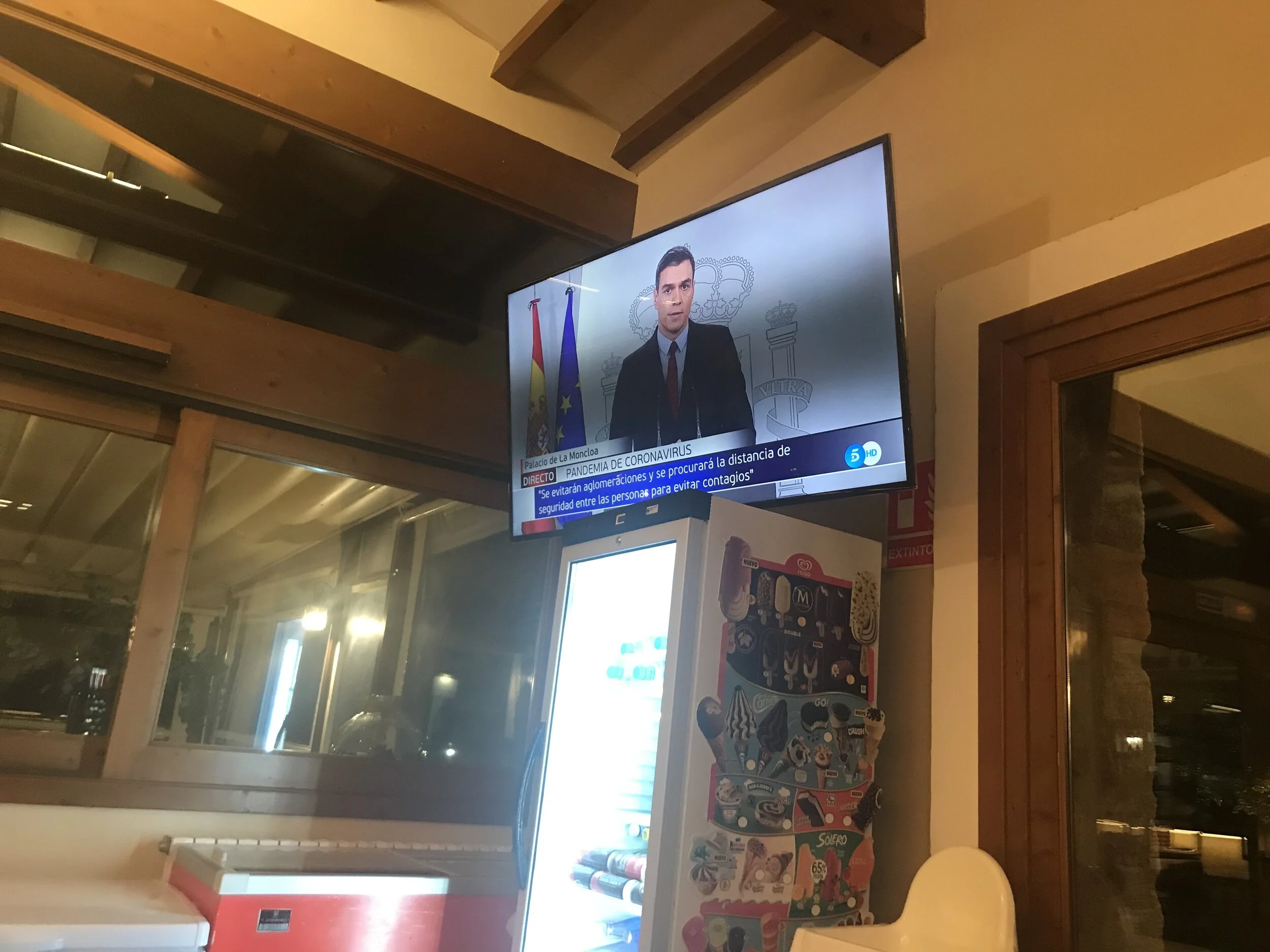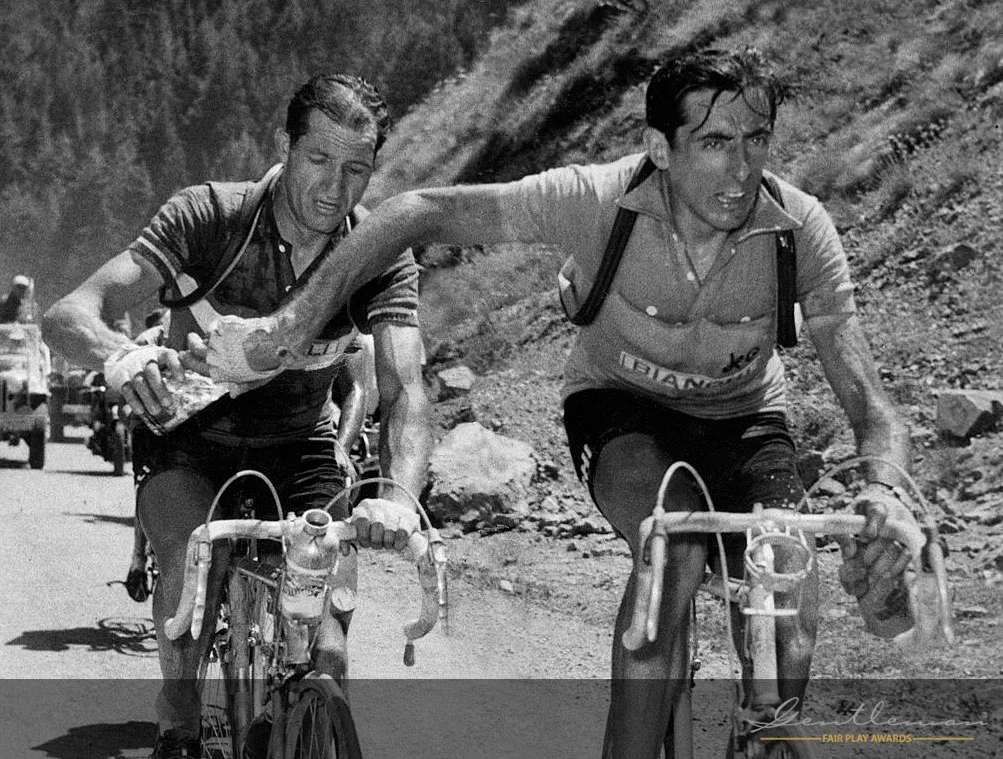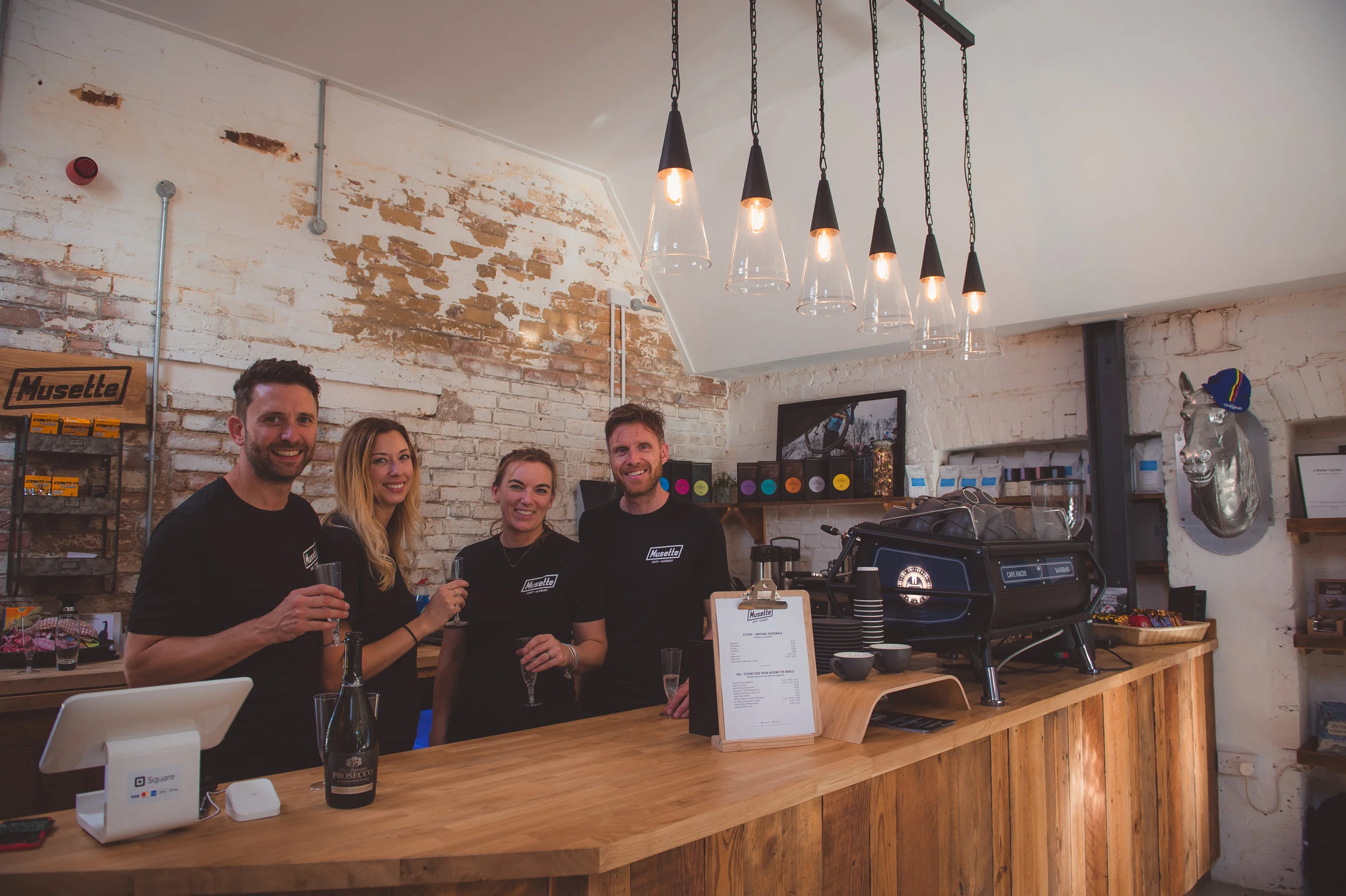The Tour de France, the most famous bike race in the world, starts this weekend, Saturday 2nd July. If you’re a little rusty on your cycling knowledge and mix up your sticky bottles with your bidon, you may want to brush up on your jargon. Here’s our rough guide to the Tour to see you through the next three weeks; everything you wanted to know about the Tour but were afraid to ask.
The Tour de France has been going since 1903 when L’Auto magazine launched a 3 week stage race to boost sales. Starting as a primarily French competition, it expanded quickly as the best riders from around the globe became attracted by the ultimate cycling challenge. It’s now the most important race in the cycling calendar. It’s survived two World Wars, the death of participants and doping scandals to become the biggest sporting event on the planet.
This is a stage race held over three weeks. Each one varies in terrain from pan flat to rolling hills to mountain top finishes as well as in length from 100km to over 200km. Shorter, individual and team time trials are thrown into the mix to create time gaps among the riders.
The winner is, to put it simply, the rider who completes all of the stages in the shortest amount of time. The person with the lowest time count wears the leader’s Yellow Jersey or Maillot Jaune. This can change hands many times over the three weeks, but it’s whoever has it on the final day when the peloton roll into Paris that is the ultimate winner.
But there are many other prizes to be won:
The Green Jersey or points jersey goes to the rider with the most sprint points over the tour. On each stage there will be sprint stages that are fiercely contested with a small number of credits to be won on intermediate sprints, while being the first over the finish line of a particular stage earns the most. One of the greatest sprinters of all time is Mark Cavendish who has 26 stage wins to his name. Has Cav still got it? He has been less successful in recent years and the likes of Peter Sagan, Andre Greipel and Marcel Kittel are challenging his supremacy.
The King of the Mountains Jersey or polka dot jersey came into existence when a chocolate manufacturer, Chocolat Poulain, sponsored this prize for the meilleur grimpeur or best climber in the race back in 1975. The jersey is polka dot to reflect the distinctive wrapper that their chocolate confectionary had. Like the intermediate sprint stages, there are intermediate mountain stage points to win with huge bonuses or ‘bonfication’ as it’s known for winning an entire mountain stage.
The White Jersey or best young rider goes to a rider under the age of 26 who has the lowest aggregate time. Watch out this year for young Brit Adam Yates and Frenchman Julian Alaphilippe. Winners of the white jersey have gone on to become overall winners of the Tour in later years including Alberto Contador and Andy Schleck.
Other minor awards are for the most combative rider – usually going to someone who has put the most into a breakaway. He gets a different number on his back printed white on red as opposed to everyone else’s black numbers on a white background. Perhaps the most dubious prize is for the Lanterne Rouge, so named after the red lantern that would swing from the back of a slow moving train carriage. It goes to the rider who has taken the most time to complete the tour. Bizarrely this is a bit of a coveted title among the peloton – with about 20% of the starters dropping out of the race, to be the last placed rider is regarded as a sign of toughness and determination and is accepted as a great honour.
There are usually 20 teams of nine riders in each. Among the riders in a top team will be a General Classification rider (GC) who is leading the team and is their contender to win the yellow jersey. Other team members will include a sprinter who will try to win stages and points on the flat stages. He’ll be supported by a lead out team who will buffet the air resistance so the sprinter has the legs for the final 50 to 100 metres when he’ll launch himself from behind towards the line. The team will also have some out and out climbers whose job it is to support their GC rider on the mountain stages. They employ tactics like pressing hard to exhaust the weaker riders, splitting up the peloton to a select few, allowing their GC rider a chance to make his own attack, usually a steep section of a climb. These support riders are known as domestiques and, apart from leading out their more senior team mates, they will spend some of their days going back and forth to the team car collecting water bottles and nutritious snacks for the team.
Each day sees a small group of riders make a breakaway from the peloton at the start of a stage. This group normally comprises riders of lesser teams who don’t have a viable GC rider. They’ll hang out on the front trying to get as much TV exposure for themselves and their sponsors until the peloton, more often than not, reel them in for the big guys to win the stage. There’s a strict code if you’re part of the breakaway to do your turn on the front. Guys get frustrated if they feel they’re pulling someone along at the back of the group who’s not working as hard as the others. Tactics can be complicated though. Sometimes a big team will send a rider out with the breakaway who may drop back slightly to help someone bridge the gap between the two groups of riders. Occasionally the breakaway will succeed and one of its members will win the stage to the delight of the fans who love the romance of the little guys beating the well organised super teams like Sky, Astana or Movistar. Some, like the ‘Wirral Wonder’ Steve Cummings, have made a name for themselves as one-off stage winners.
Steve Cummings
Here's a few terms you may need to get the hang of to show you know what you're talking about.
Grupetto
As the tour grinds its merciless way on into the mountains, the going gets tough for the muscular sprinters whose bodies aren’t made for climbing. The classic climber is skinny as a whippet while the sprinters are all beef. By the time they get to the Alps or the Pyrenees, a club of sprinters forms at the back of the peloton whose only aim is to complete the stage before the cut off time that would lead to disqualification. They call this the grupetto.
Cross winds and echelons
A cross wind can tear up the peloton and create significant time gaps as happened when Nairo Quintana lost valuable time on one stage last year, arguably costing him the race. To combat the slowing down effect of the wind, riders form a diagonal pattern across the road.
Sticky bottle
So called when a rider picks up a water bottle (or bidon) from the team car and holds on to get a lift. The most notorious example was in last year’s Vuelta de Espana when Vincenzo Nibali hitched a 30mph ride from his team car for the best part of a minute to catch up with the peloton. Result: disqualification.
Hors Categorie
All the climbs in the tour are categorised according to their difficulty with lowest Category 4 being a climb of 100-300 metres. Category 1 is tough, between 1100 and 1500 metres. But it’s the Hors Categorie climbs, meaning ‘beyond categorisation’, anything over 1500m that are the hardest. Think: Mont Ventoux, Alpe d’Huez or the Tourmalet.
Mechanical Doping
Forget EPO and blood transfusions. The latest fear is that riders will attach electronic motors hidden in the frames of their bikes to give them assistance. Apparently this year they will be using thermal imaging cameras to check no-one’s cheating!
Soigneurs
The dogs-bodies of the team. They’ll wash the riders sweat stained jerseys and shorts, pack a musette (a light cloth bag that can be slung over a rider’s shoulder) with snacks and hand it out at the feed stations. Later they’ll make their rider’s bed and give him a massage. He might have to look after mechanics and other team personnel too.
Guide Historique
This is the Big Book that you’ll hear David Millar heft open as he commentates on a part of the race when there’s nothing happening. Cut to helicopter shots of picturesque castles and villages and David will tell us all about them.
Directeur Sportif
The manager of the team. He’ll be following the race in the team car, barking orders over the team radio, which the riders listen to through ear-pieces. Riders have been known to pull them out and ignore instructions.
The Grand Départ
This is the first stage of the tour and, as such, always attracts huge attention because we’ve all be waiting an entire year for the whole circus to come round again, haven’t we? This year, unusually, we start in Normandy – normally the Grand Départ is sold off to a neighbouring country. The Grand Départ in Yorkshire in 2014 was seen as one of the most successful of all time because of the massive amount of enthusiasm from the local population
The Tour always has its last day with a dramatic finish in Paris by the Arc du Triomphe. While the bearer of the yellow jersey has won his battle and has a ceremonial finish, clinking champagne glasses with his team mates at the start of the stage, the sprinters fight over the honour of winning this sprint in the elegant and historic backdrop of the French capital as they complete several laps over the slippery cobbles (pavé) of the Champs Élysées.
All that's left is to choose what channel to watch: Eurosport's legendary Sean Kelly and Carlton Kirby or ITV4's cracking line up of David Millar, Ned Boulting, Chris Boardman and the acerbic Gary Imlach? My tip is to watch one and record the other for later viewing. Allez Le Tour!
All pictures courtesy of www.letour.com


